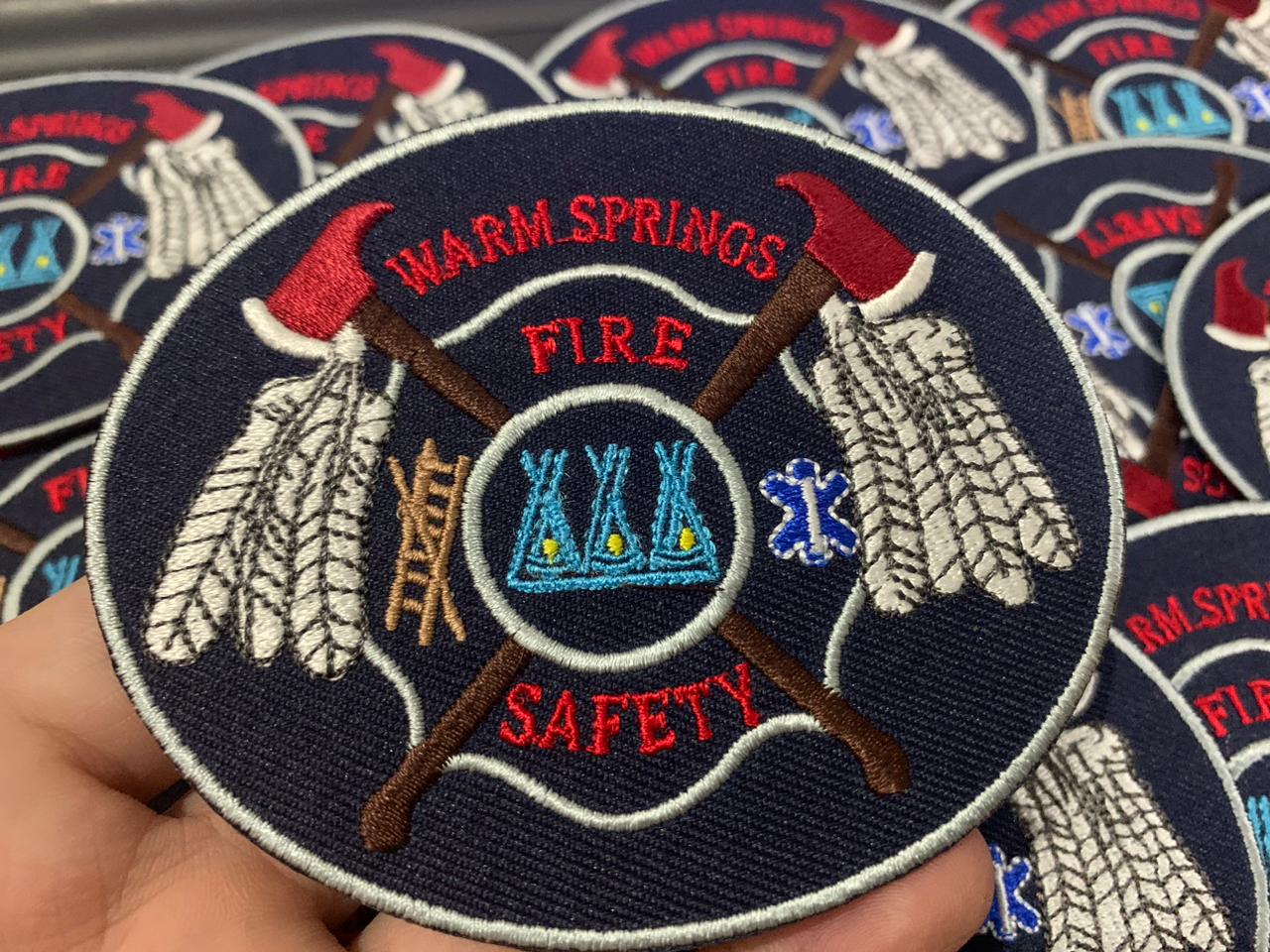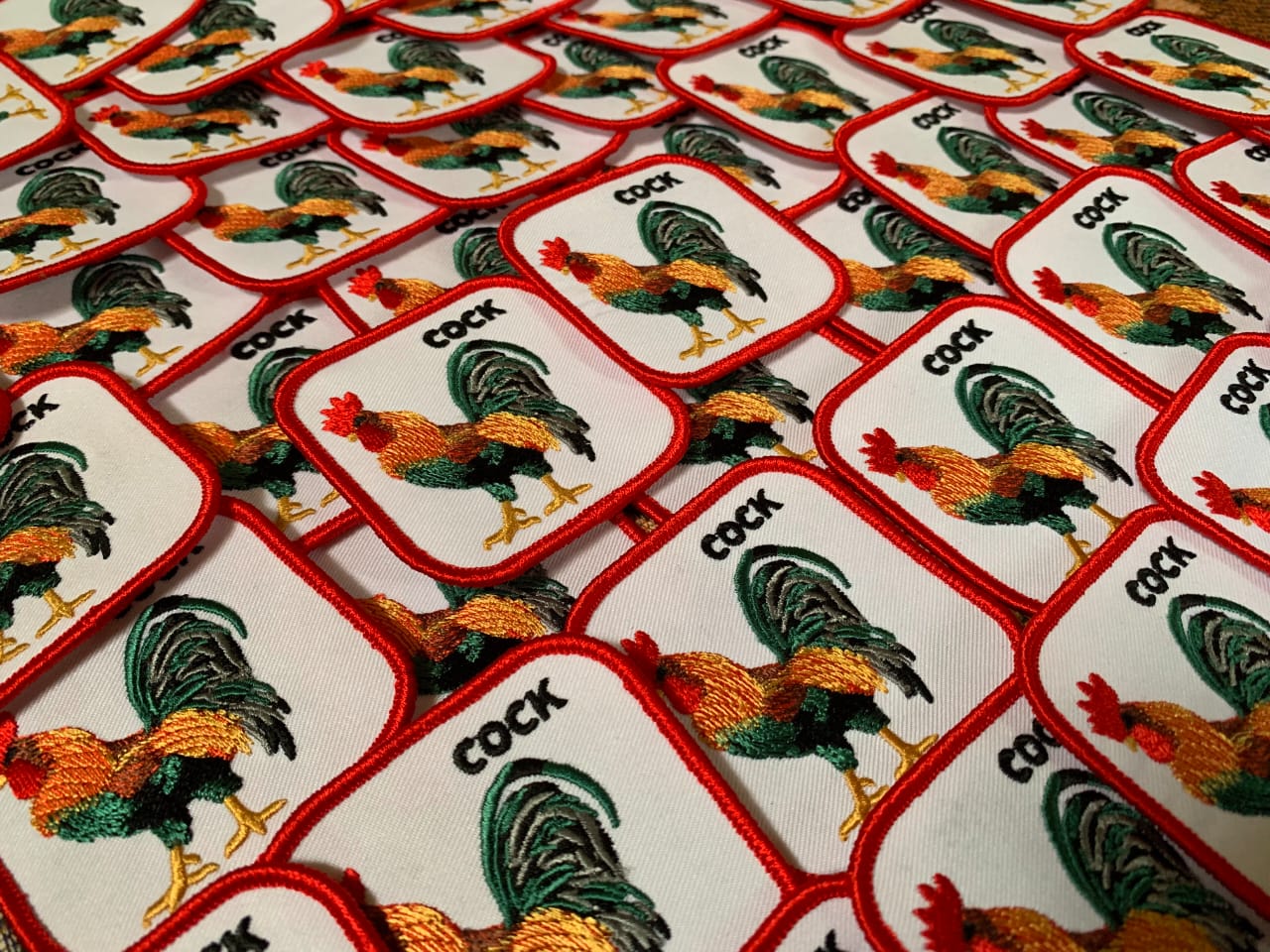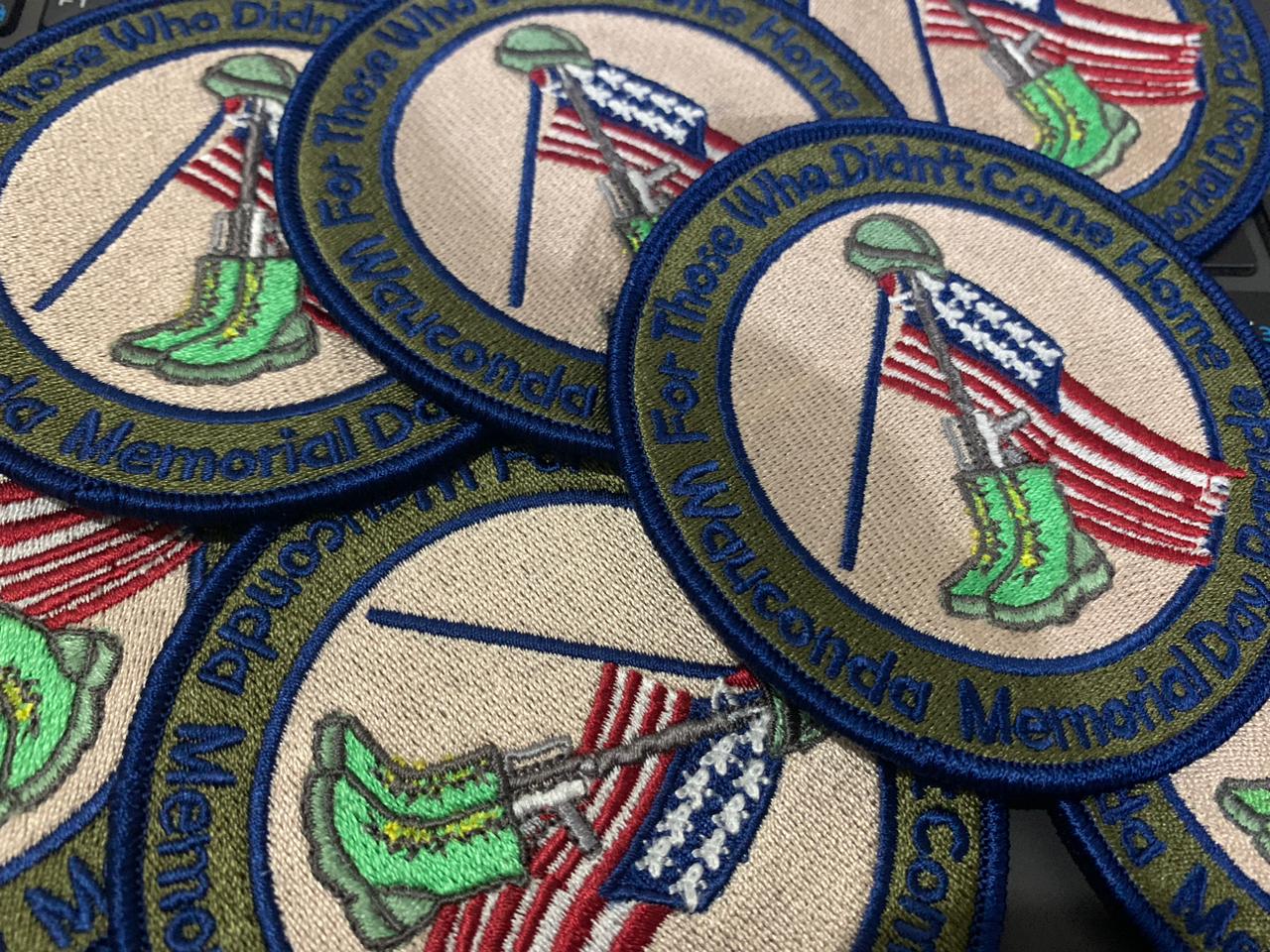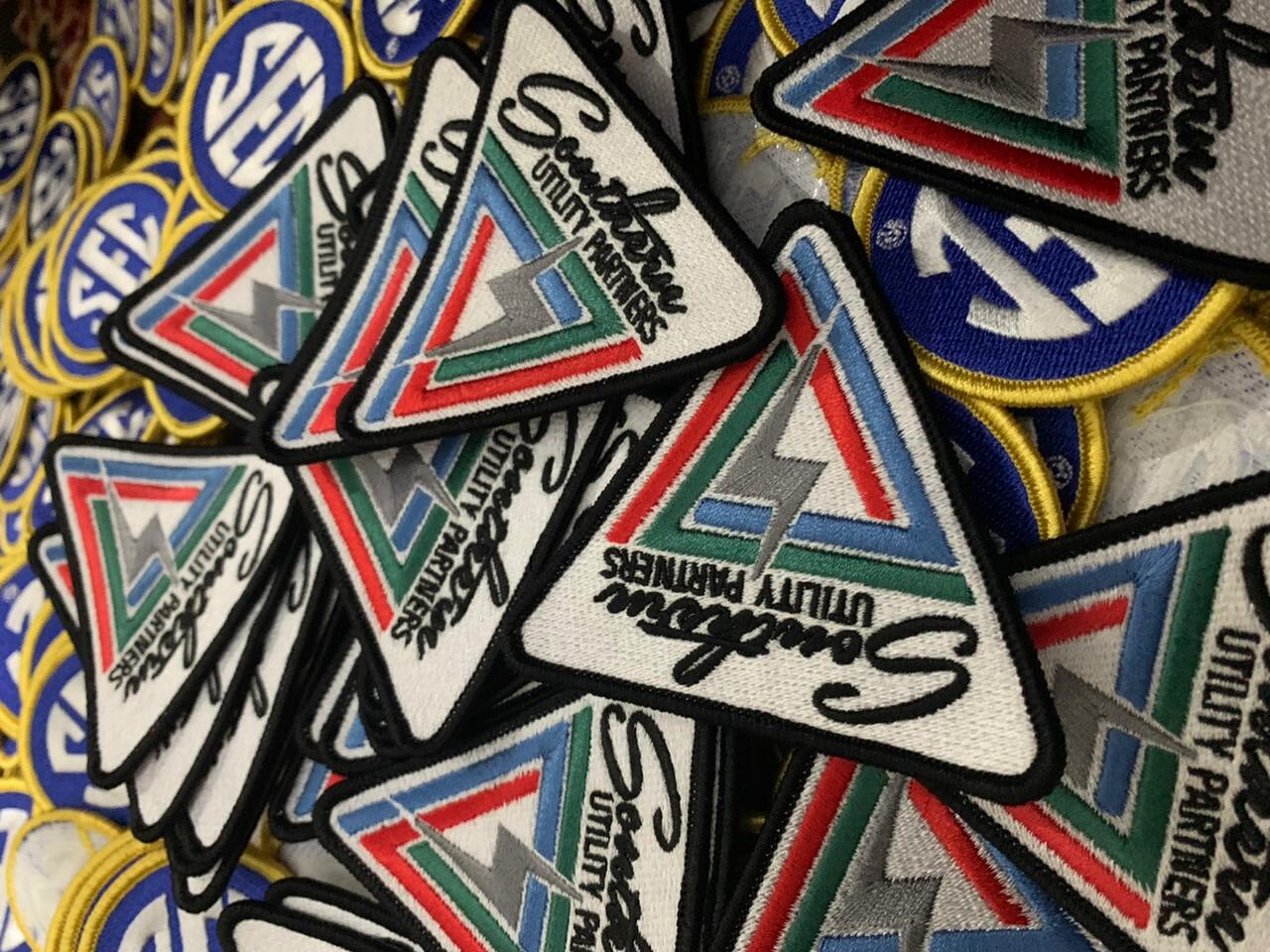As sustainability becomes a critical priority for industries worldwide, custom embroidery and patch production are undergoing significant changes. These sectors are adopting eco-friendly Techniques in Custom Embroidery to minimize environmental impact and meet the growing demand for greener solutions.
In this blog, we explore innovative, eco-friendly that are reshaping custom embroidery and patch production.

Understanding the Environmental Impact of Traditional Embroidery
Water Usage and Pollution
Traditional embroidery and patch production often involve water-intensive processes, especially during the dyeing phase. This can result in significant water pollution, affecting ecosystems and communities.
Chemical Waste and Energy Consumption
Chemical-laden dyes and energy-heavy production contribute to harmful waste and greenhouse gas emissions, making traditional methods unsustainable.
Eco-Conscious Thread Selection
Organic Cotton and Recycled Polyester Threads
Organic cotton threads are grown without harmful pesticides, while recycled polyester threads repurpose existing plastic waste, cutting down on new material production.
Biodegradable and Plant-Based Threads
Biodegradable threads made from natural fibers like Tencel, bamboo, and hemp offer sustainable alternatives. These threads decompose without leaving microplastic residues.
Sustainable Dyes and Coloration Techniques
Natural Dyes
Natural dyes derived from plants, such as indigo and beetroot, are chemical-free and environmentally safe.
Low-Impact and Waterless Dyeing Methods
Low-impact synthetic dyes require less water and generate minimal runoff. Waterless dyeing technologies, like supercritical CO2 dyeing, use no water and recycle excess dye.
Renewable Energy in Embroidery Production
Solar and Wind Power
Manufacturers are incorporating solar-powered embroidery machines and wind energy to minimize carbon emissions and energy costs.
Digitization for Reducing Waste
Digital Embroidery Machines
These machines optimize thread use and reduce waste, leading to more sustainable production.
Software for Precision
Advanced software enables precise pattern creation and 3D simulations, preventing material overuse and minimizing production errors.
Minimizing Fabric Waste Through Smart Production Techniques
Laser Cutting and Fabric Optimization
Laser-cutting techniques reduce fabric waste by ensuring precise shapes and minimal excess.
Recycling Off-Cuts
Manufacturers can repurpose fabric scraps into smaller patches or accessories, promoting a zero-waste policy.
Water Conservation Methods in Embroidery
Water-Recycling Systems
These systems purify and reuse water within production facilities, drastically reducing water waste.
Zero-Liquid-Discharge (ZLD) Practices
ZLD systems ensure no wastewater is released, meeting stringent environmental standards and conserving resources.
Eco-Friendly Backing and Stabilizers
Biodegradable Materials
Backing and stabilizers made from recycled and biodegradable components provide eco-friendly alternatives without compromising quality.
Non-Toxic Options
Non-toxic stabilizers ensure safety for the environment and consumers while maintaining embroidery durability.
The Role of Eco-Friendly Packaging
Recycled and Biodegradable Packaging
Using packaging made from recycled or compostable materials minimizes plastic waste and environmental impact.
Customer Education
Providing instructions for sustainable disposal enhances the brand’s eco-friendly commitment and promotes responsible consumer behavior.
Incorporating Upcycling into Custom Embroidery
Repurposing Old Fabrics
Turning discarded fabrics into unique embroidered patches reduces textile waste and supports sustainability.
Highlighting Creative Brands
Brands that lead in upcycling initiatives set themselves apart and attract eco-conscious consumers.
Certifications and Standards for Sustainable Practices
Key Certifications
Certifications like GOTS and OEKO-TEX ensure adherence to high environmental and ethical standards, adding credibility to sustainable practices.
Achieving Eco-Certification
Businesses can achieve these certifications by integrating sustainable practices throughout their production processes.
Partnering with Ethical Suppliers
Criteria for Selection
Ensuring suppliers meet eco-friendly and ethical standards is crucial for maintaining sustainability across the supply chain.
Transparency and Fair Labor
Partnering with suppliers who adhere to fair labor practices bolsters consumer trust and aligns with social responsibility.
Consumer Trends and Demands for Sustainable Products
Eco-Conscious Market Growth
Growing consumer awareness is increasing demand for sustainable products, making eco-friendly practices a competitive advantage.
Effective Marketing Strategies
Highlighting sustainability in marketing campaigns attracts and retains customers who value eco-friendly initiatives.
Challenges and Future Prospects
Current Barriers
High initial costs and technology adaptation challenges can impede the adoption of eco-friendly methods.
Technological Advancements
Innovative technology promises future solutions that are both cost-effective and sustainable, paving the way for widespread change.
Conclusion
Embracing eco-friendly techniques in custom embroidery and patch production is not just a trend but a necessary evolution for a sustainable future. By adopting practices such as using sustainable threads, renewable energy, and waste-reducing technologies, the industry can significantly reduce its environmental impact. These innovative approaches ensure that the art of embroidery continues to thrive while respecting our planet.
Frequently Asked Questions
- What are the most sustainable thread options for embroidery?
The most sustainable thread options include organic cotton, recycled polyester, and biodegradable threads made from natural fibers such as bamboo and hemp. These threads reduce environmental impact by minimizing resource use and avoiding harmful chemicals.
- Can eco-friendly practices in embroidery be cost-effective?
Yes, while the initial investment in sustainable practices and technology may be higher, the long-term benefits, such as energy savings and waste reduction, can lead to cost savings over time. Additionally, adopting eco-friendly methods can attract a larger, eco-conscious customer base.
- How can small businesses adopt these eco-friendly techniques?
Small businesses can start by integrating sustainable thread options, using digital embroidery machines to minimize waste, and sourcing materials from ethical suppliers. Partnering with local recycling programs and opting for eco-friendly packaging are also accessible ways to adopt eco-friendly techniques.
- Are there eco-friendly embroidery machines available?
Yes, many manufacturers now offer embroidery machines designed for energy efficiency. These machines may be compatible with renewable energy sources, such as solar power, and feature digital technology that reduces waste through precise stitching.
- What role do consumers play in promoting sustainability in embroidery?
Consumers play a vital role by choosing to support brands that prioritize sustainable practices. Their purchasing choices encourage more companies to adopt eco-friendly production methods and transparent supply chain practices. Consumers can also contribute by reusing or recycling embroidered products and packaging.


